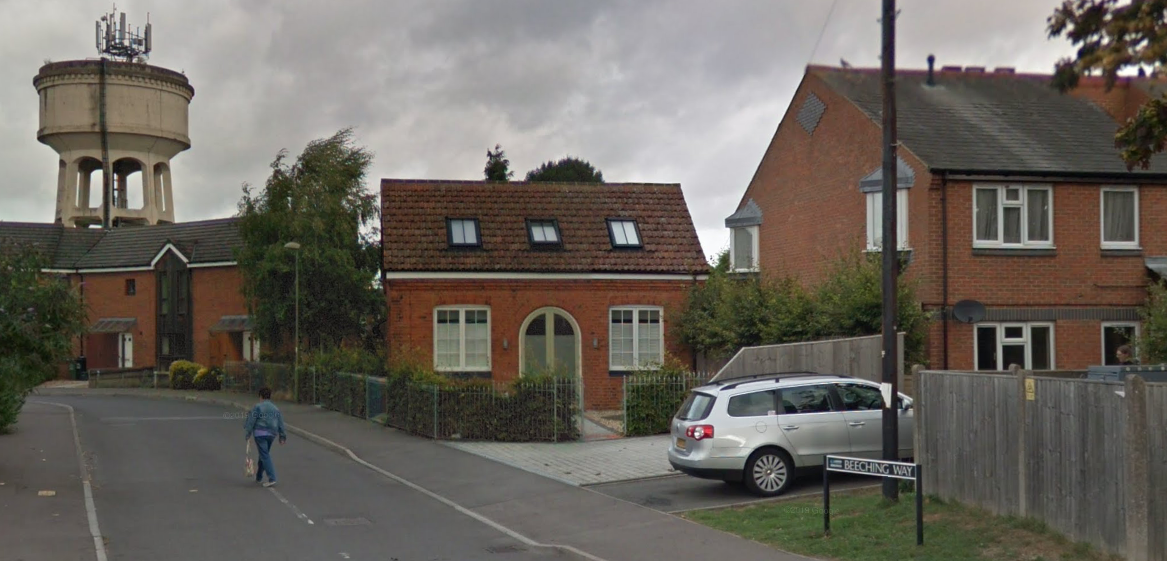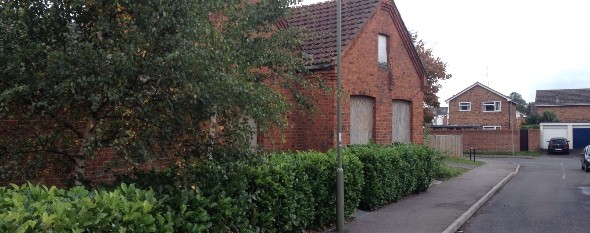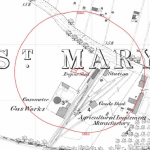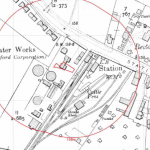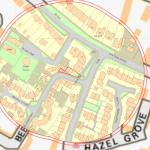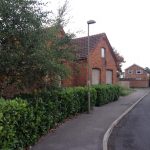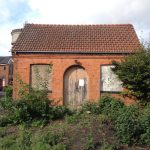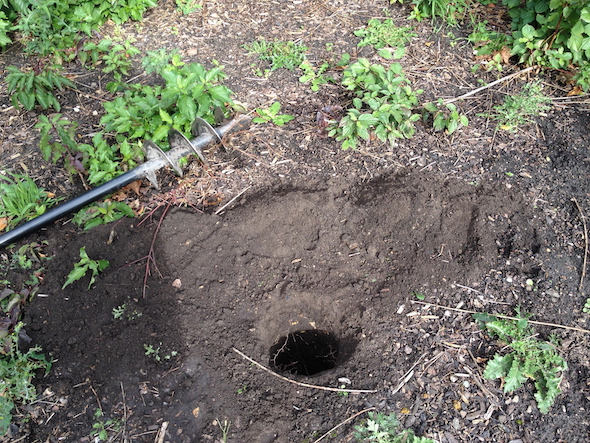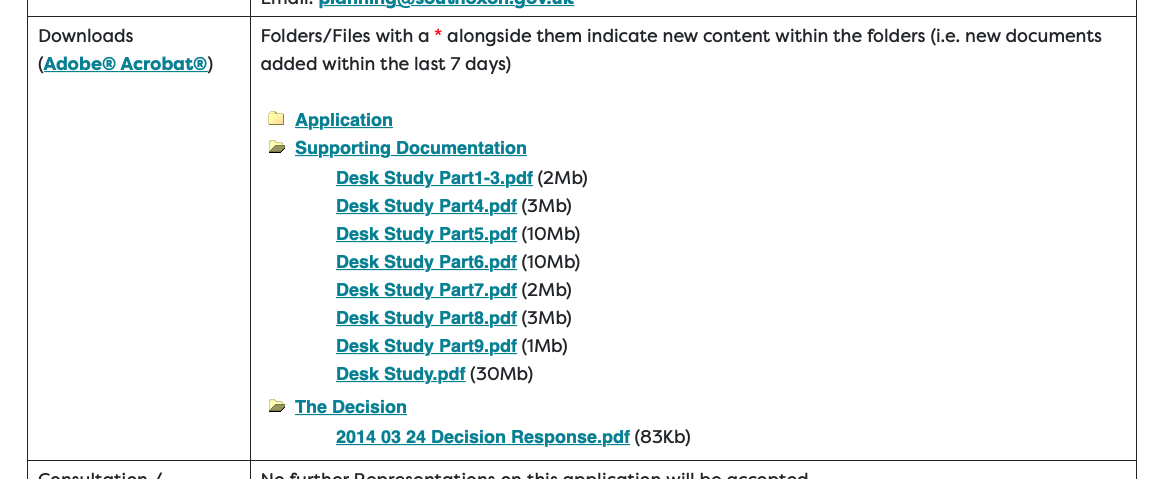Residential Conversion of a Former Pumping Station, Beeching Way, Wallingford, Oxfordshire
Case Study Reference: 13-10-03
Planning Authority: South Oxfordshire District Council
Planning Reference: P14/S0006/DIS and P15/S0340/DIS
Synopsis:
| Based on the previous use of the site and the industrial legacy of the adjoining land a contaminated land planning condition was attached to the decision notice for the proposed development.
Demeter Environmental were commissioned to prepare the reports required to discharge the condition. the first step of discharging the contaminated land planning decision was to prepare a desk study report. A desk study determines what issues relating to historical contamination may affect the site, this is undertaken by reviewing the site history using a combination of O.S. maps, aerial, plates and street level imagery, a review of data held by regulatory bodies (Environment Agency, local authority, BGS etc.) as well as a site walkover survey.
Data provided by regulators identified an electricity substation to the east of the site.
On completion desk based review a walkover survey was undertaken, this revealed that the site was occupied by a building that was formerly a pumping station as well as a landscaped areas, which appeared ot have been recently laid. Hand held trial pits were excavated by hand auger to collect additional information on ground conditions, these indicated that made ground was not present on the site. The electricity substation to the east of the site was inspected and as the substation was open, was discounted as a credible source
As the adjoining land had been redeveloped as part of the walkover survey the council offices were visited to review the site investigation / remediation reports for the adjoining land. These reports identified that remediation was undertaken to break pollution linkages identified on the adjoining land but did not specify if the subject site was remediated, and if had been remediated the acceptance criteria was above current thresholds. On completion of the desk study a qualitative risk assessment was undertaken to determine which potential sources of contamination warranted further investigation, this assessment concluded that the pumping station, depot, engine shed and the imported soils all required further assessment. The desk study proposed a site investigation to determine if the site had been remediated and to assess the suitability of any imported materials that had been brought on. The desk study was submitted under planning reference (P14/S0006/DIS), the decision notice confirmed the recommendations for further works had bene approved and the further works could commence.
The site investigation comprised of the excavation of seven trial pits outside the building to assess the depth of the topsoil and presence of any made ground. Made ground with occasional brick was recorded in the locations. The Phase II report identified an area of elevated contamination, and as the area was to be covered by hard-sanding all pollution linkages would be broken, hence the report concluded that no further remediation was required. The Phase II report was submitted under planning reference P15/S0340/DIS, which was sufficient to fully discharge the contaminated land planning condition.
|
